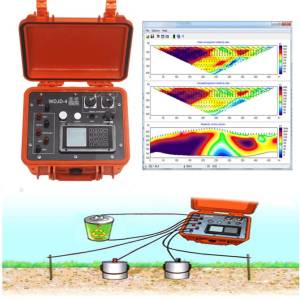
Gain valuable insights into the subsurface with our comprehensive Electrical Resistivity Survey. This non-invasive geophysical method provides detailed information about the geological structure and properties of the earth beneath the surface. Ideal for a wide range of applications, our survey helps you make informed decisions in various industries, from environmental assessment to construction and mining.
What is Electrical Resistivity?
Electrical resistivity is the measure of a material's ability to oppose the flow of electric current. Different subsurface materials (e.g., soil, rock, water) exhibit distinct resistivity values. By injecting electric current into the ground and measuring the potential difference, we can create a resistivity model that maps variations in subsurface resistivity. These variations reveal important information about:
Our Survey Methodology:
We employ state-of-the-art equipment and experienced geophysicists to ensure accurate and reliable results. Our typical survey process involves:
Benefits of Choosing Our Electrical Resistivity Survey:
Contact us today to discuss your project requirements and learn how an Electrical Resistivity Survey can provide valuable insights into your subsurface. We offer customized surveys to meet your specific needs and budget. Get a free quote!